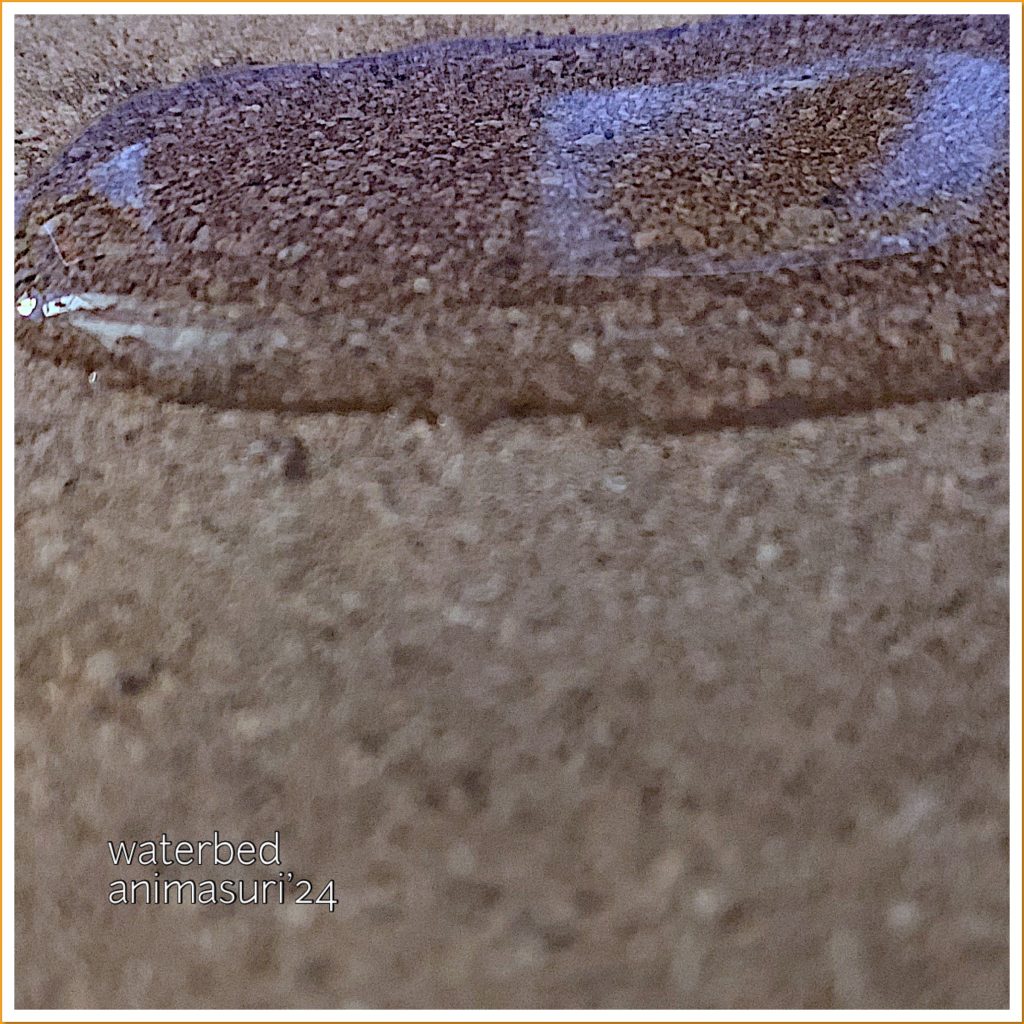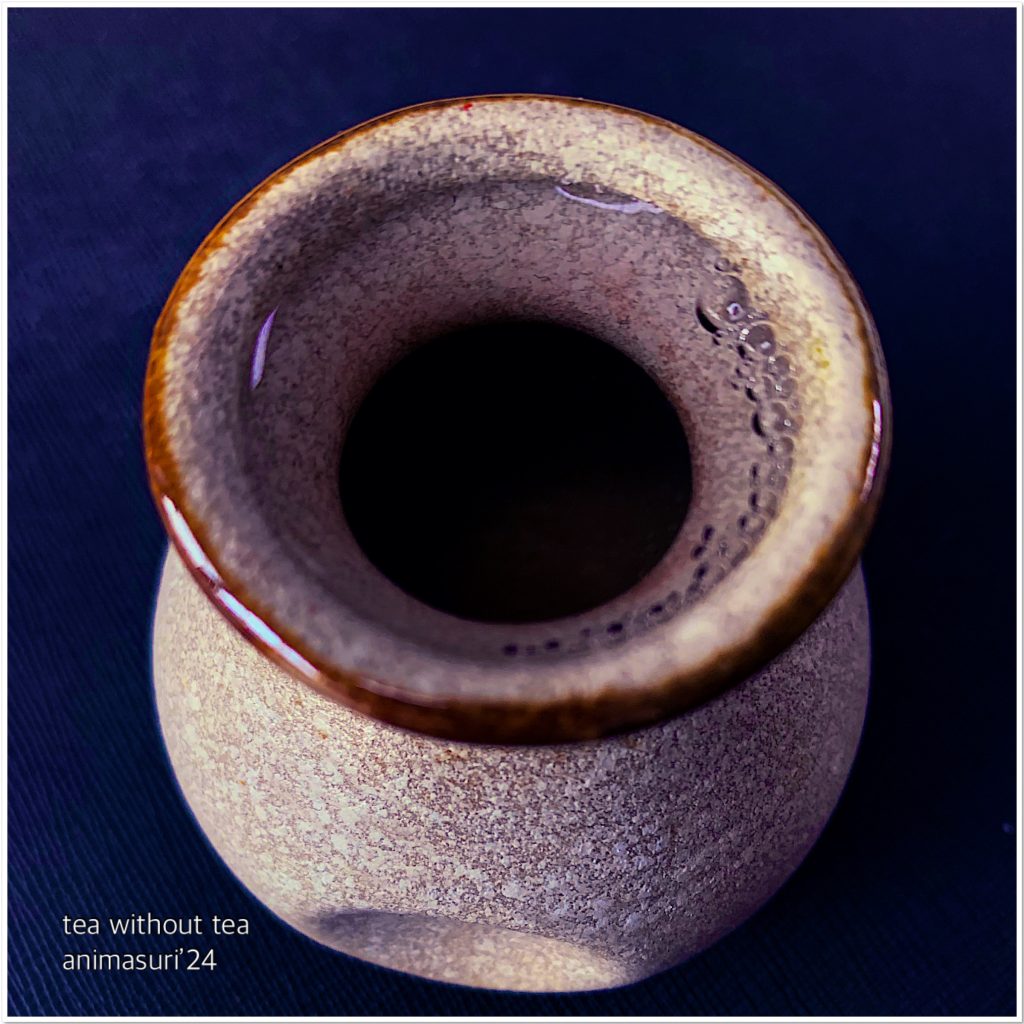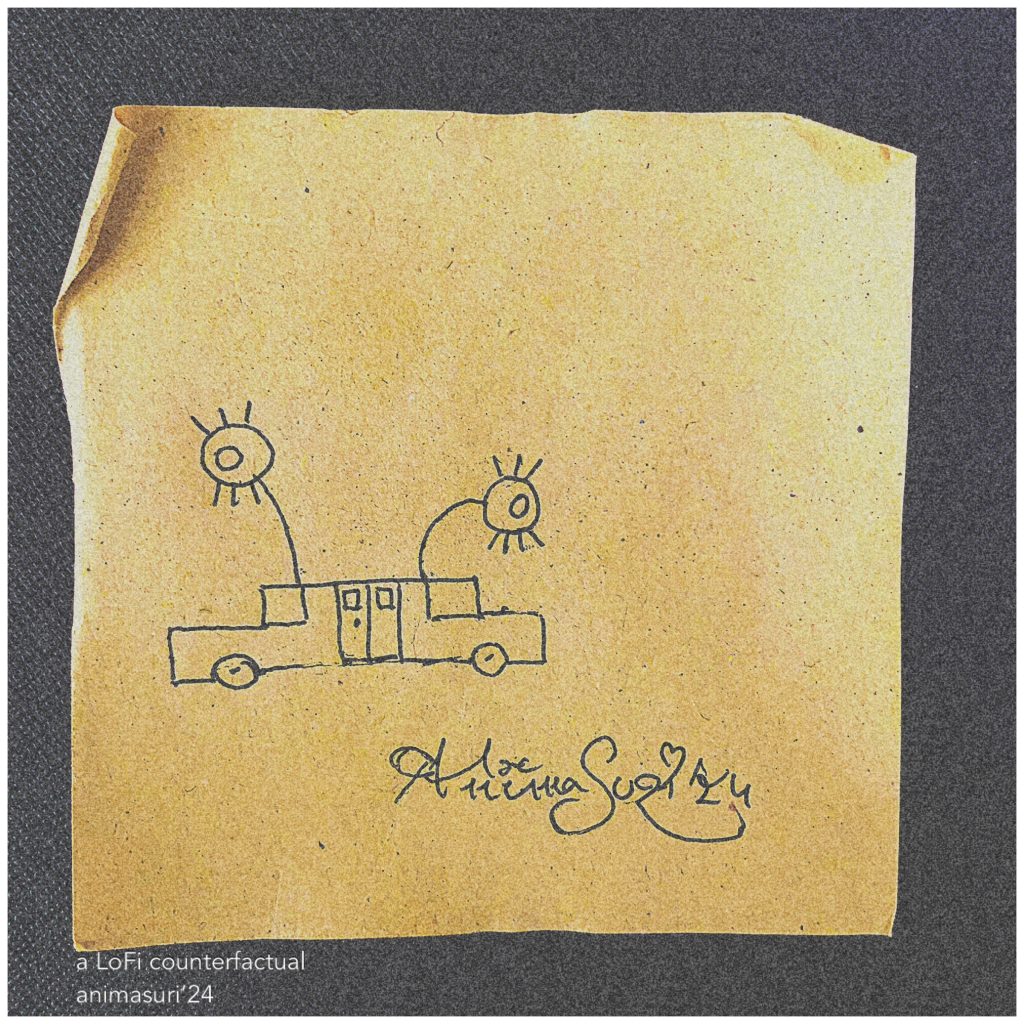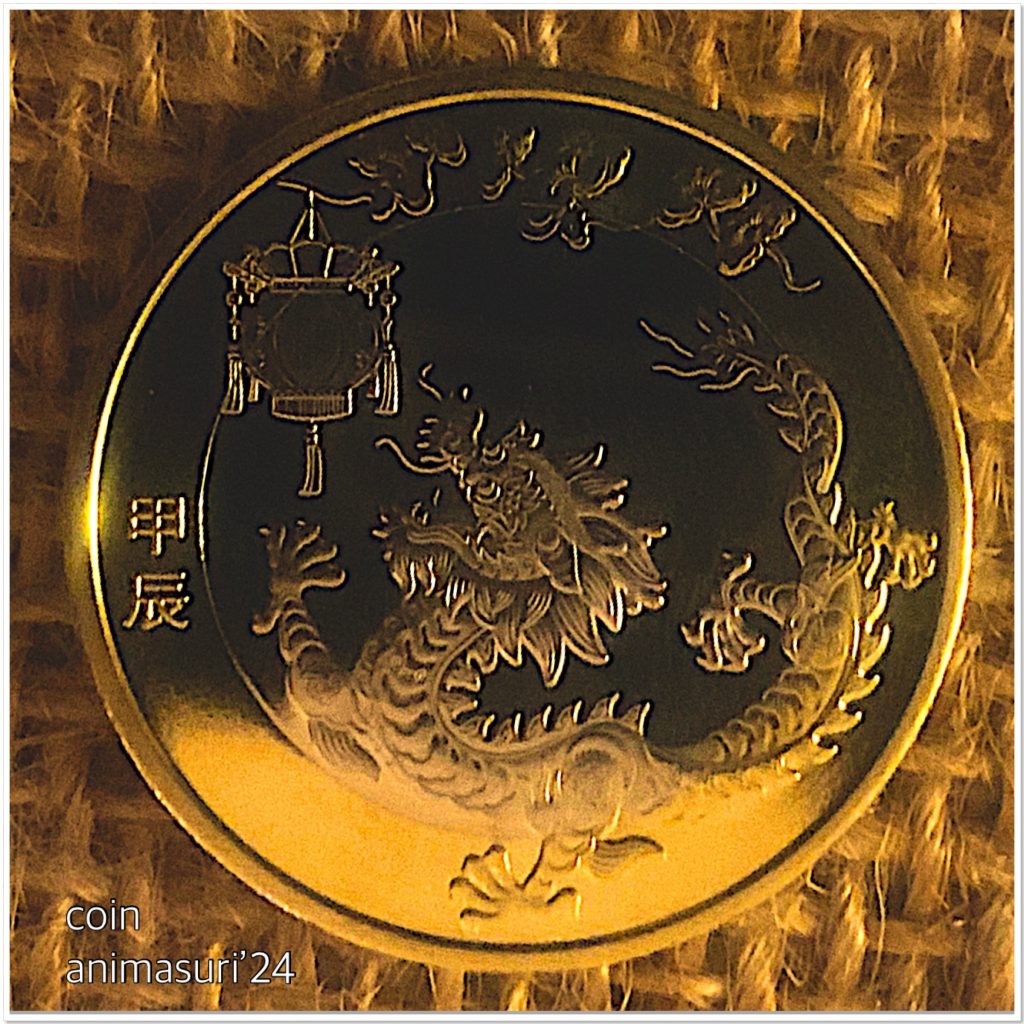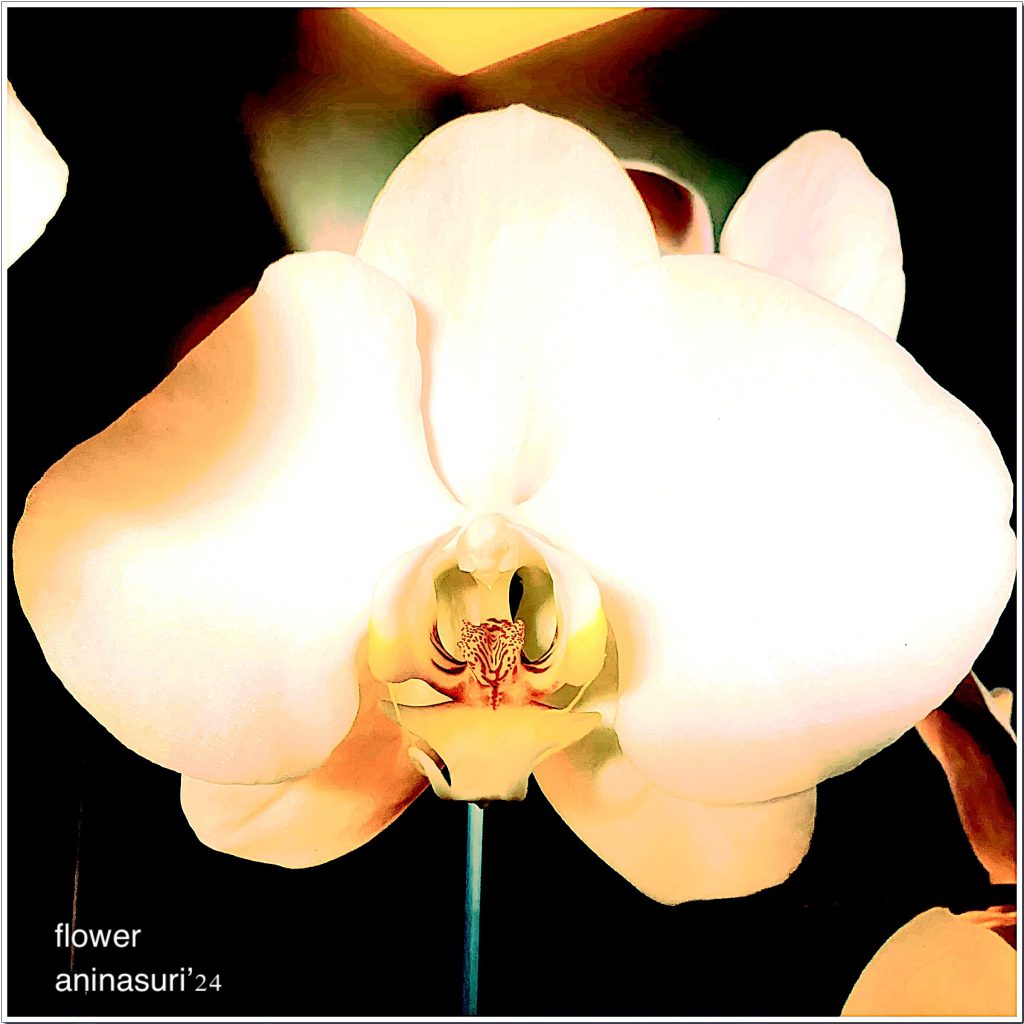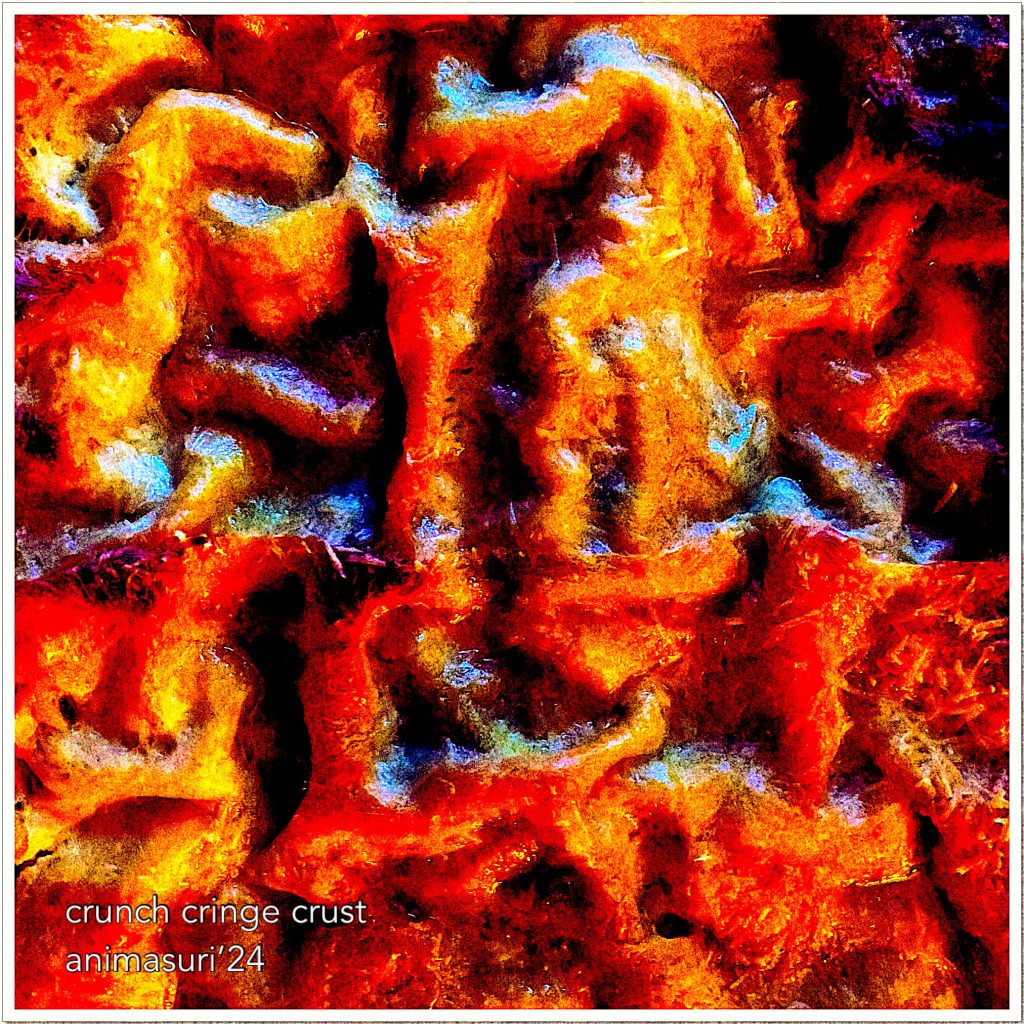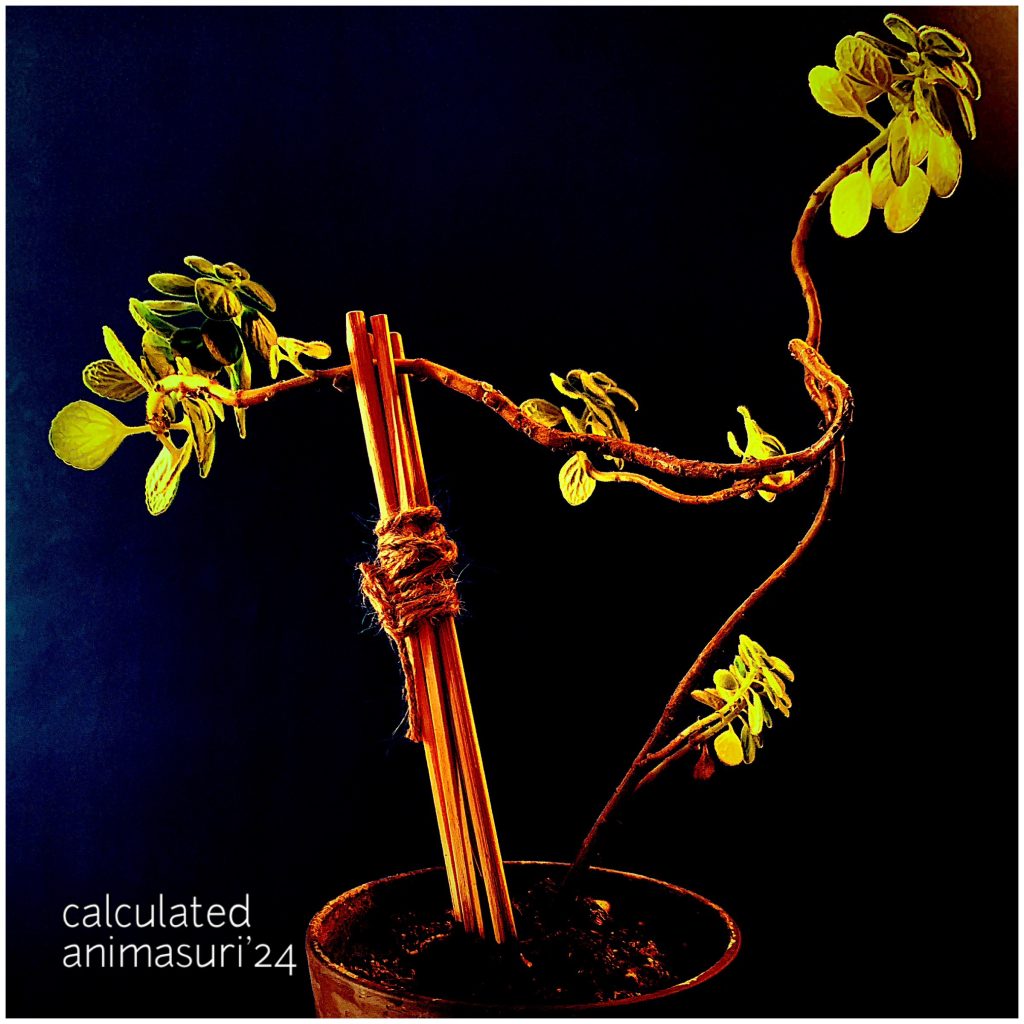there are five colors.
yellow, orange, green,
blue and red.
I need all,
all possible combinations
starting off with the set of two,
followed by the set of three,
then four combinations
and ending with the set of five.
the order of the colors is important.
that means, a set of ‘yellow | orange’
is different from a set of ‘orange | yellow’.
all possible combinations should be listed.
also provide sets of multiples of the same color.
so, for instance: ‘orange | orange.’
do not skip any combination
since I need to copy paste
all into a different document.
so all should be listed
and all written out in long-form.
do not abbreviate, do not cut corners
the format should remain persistent
across all sets.
that is, for instance: ‘a color | a color | a color’
the devider within one set
is always ‘|’ while the devider
between sets is always ‘,’.
execute.
create, copy, reorder:
become colorful.
—animasuri’24
—-•
triggers
Baertschi, B. (2014). Human Dignity as a Component of a Long-Lasting and Widespread Conceptual Construct. Journal of Bioethical Inquiry, 11(2), 201–211. https://doi.org/10.1007/s11673-014-9512-9
Copeland, S. (2017). On serendipity in science: Discovery at the intersection of chance and wisdom. Synthese, 196(6), 2385–2406. https://doi.org/10.1007/s11229-017-1544-3
De Haro, S. (2019). Science and Philosophy: A Love–Hate Relationship. Foundations of Science, 25(2), 297–314. https://doi.org/10.1007/s10699-019-09619-2de Oliveira, M. B. (2014). Technology and basic science: The linear model of innovation. Scientiae Studia, 12(spe), 129–146. https://doi.org/10.1590/s1678-31662014000400007
Fairfield, P. (2012). Education, Dialogue and Hermeneutics. London, UK: Continuum.
Feyerabend, P. (1988). Against Method. Third Edition. p21. London, UK: Verso. https://archive.org/details/againstmethod0000fe
Hunter, W. (2023, Feb. 13). What Poets Know That ChatGPT Doesn’t. The Atlantic. https://www.theatlantic.com/books/archive/2023/02/chatgpt-ai-technology-writing-poetry/673035/.
Kefalidou, G., & Sharples, S. (2016). Encouraging serendipity in research: Designing technologies to support connection-making. International Journal of Human-Computer Studies, 89, 1–23. https://doi.org/10.1016/j.ijhcs.2016.01.003
Liang, T. (2023). Unveiling the Ecological and Naturalistic Views in Zhuangzi’s Daoism: Exploring the Concept of “The Usefulness of Uselessness.” IN: Proceedings of the 2023 5th International Conference on Literature, Art and Human Development (ICLAHD 2023) (pp. 346–352). https://doi.org/10.2991/978-2-38476-170-8_38
Nishikawa-Pacher, A. (2022). Measuring serendipity with altmetrics and randomness. Journal of Librarianship and Information Science, 55(4), 1078–1087. https://doi.org/10.1177/09610006221124338
Ramsey, R. E. (2012). On the Dire Necessity of the Useless: Philosophical and Rhetorical Thoughts on Hermeneutics and Education in the Humanities. IN: Fairfield 2012: 91- 106. (Chapter 6). Thank you Dr. WSA.
Shumailov, I., Shumaylov, Z., Zhao, Y., Gal, Y., Papernot, N., Anderson, R. (2023, May 31). The Curse of Recursion: Training on Generated Data Makes Models Forget. https://doi.org/10.48550/arXiv.2305.17493.
Treusch, P., Berger, A., & Rosner, D. K. (2020). Useful Uselessness? Proceedings of the 2020 ACM Designing Interactive Systems Conference, 193–203. https://doi.org/10.1145/3357236.3395582
von Hippel, E. A., & von Krogh, G. (2013). Identifying Viable ‘Need-Solution Pairs’: Problem Solving Without Problem Formulation. SSRN Electronic Journal. https://doi.org/10.2139/ssrn.2355735
Willems, L., Wade, E., Herbert, R., & Plume, A. (2022). Tales of the Unexpected: Designing for Serendipity in Research [ICSR Perspectives]. SSRN Electronic Journal. https://doi.org/10.2139/ssrn.4048549



